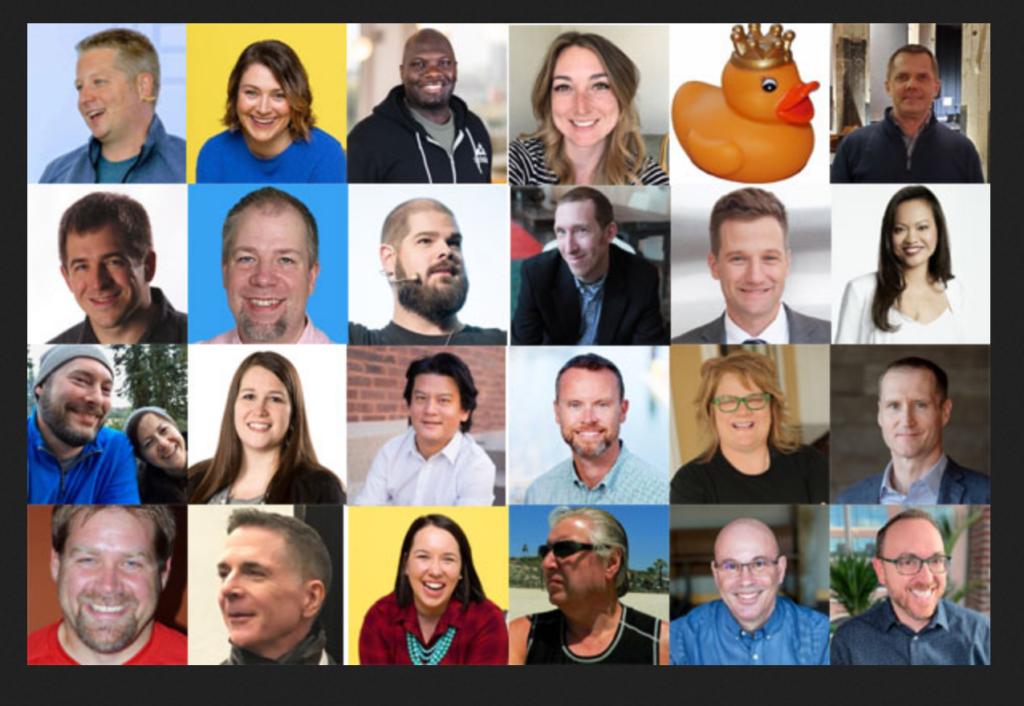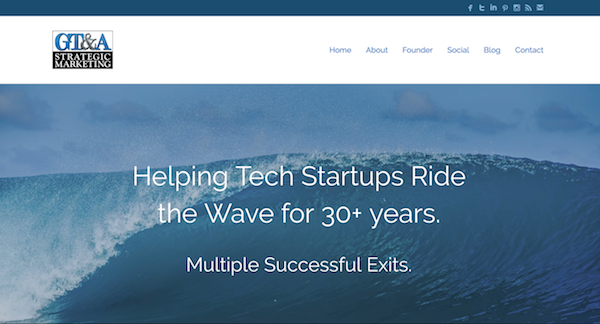 I’ve been writing about Minnesota startup founders for a long time. I can’t remember the first post I wrote about one — probably sometime in 2006. But I do know I’ve penned innumerable such posts over the years. One of my favorite recurring subjects was Robert Stephens, founder of The Geek Squad. I did a search recently to unearth just how many times I wrote about him. It was twelve! Yes, that many posts about just one of our state’s many successful tech founders! Why? I guess because he was such a fascinating and quotable guy — and of course because I admired his success. Some of my posts about Robert were lengthy features, while others just mentioned his participation in certain local events. Here’s my list of all those posts.
I’ve been writing about Minnesota startup founders for a long time. I can’t remember the first post I wrote about one — probably sometime in 2006. But I do know I’ve penned innumerable such posts over the years. One of my favorite recurring subjects was Robert Stephens, founder of The Geek Squad. I did a search recently to unearth just how many times I wrote about him. It was twelve! Yes, that many posts about just one of our state’s many successful tech founders! Why? I guess because he was such a fascinating and quotable guy — and of course because I admired his success. Some of my posts about Robert were lengthy features, while others just mentioned his participation in certain local events. Here’s my list of all those posts.
What does Robert have to do with the Fortune 500? His firm was acquired by one: Best Buy. Which you surely know if you live here. And both firms were, of course, founded right here in Minnesota. The significance of his acquisition cannot be overstated: it became the basis of a massive services business for Best Buy, which continues to this day.
My favorite post about Robert was headlined and dated thusly:
Why does this one stand out for me? Because it isn’t just about one of my favorite founders, but also one of my favorite topics: branding. I re-discovered what a great read it was (if I do say so myself!) when I went back to it after so many years. (Warning, it’s a long one.) The full post is here.
Speaking of Fortune 500 firms here in Minnesota… some years after the above, I wrote a commissioned piece on this topic: “Minnesota Has Long Had a High Per-Capita of Fortune 500s. How’s That Working Out?” I didn’t write about Best Buy in that one, but I did quote at least one other Minnesota founder, whose firm was acquired by a Fortune 500 — for close to a billion dollars.
Recently, I was reminded that I only focused on Twin Cities-based Fortune 500s when I wrote that article. How could I have forgotten an out-state Fortune 500: Fastenal, founded and based in Winona MN to this day.. No, it isn’t a very high-tech company, but what an amazing growth story it has been over the years! The recent passing of its iconic founder and CEO, Bob Kierlin, reminded us all of that. I just posted on LinkedIn about him. Some of his very wise words were included there.
The lesson in all of this? Minnesota grows some great ones!








Recent Comments